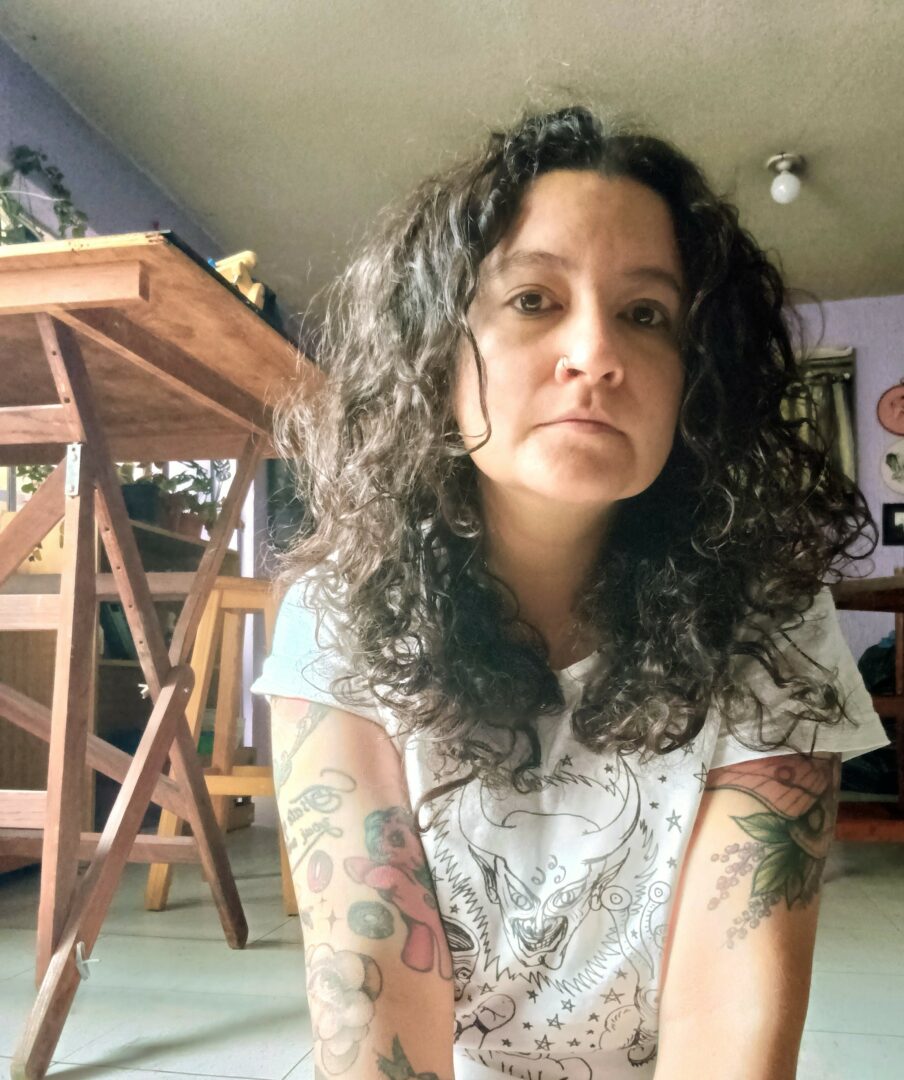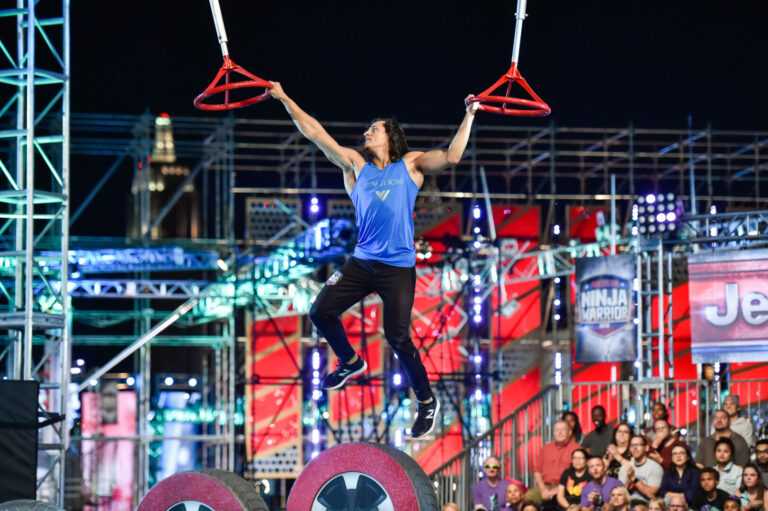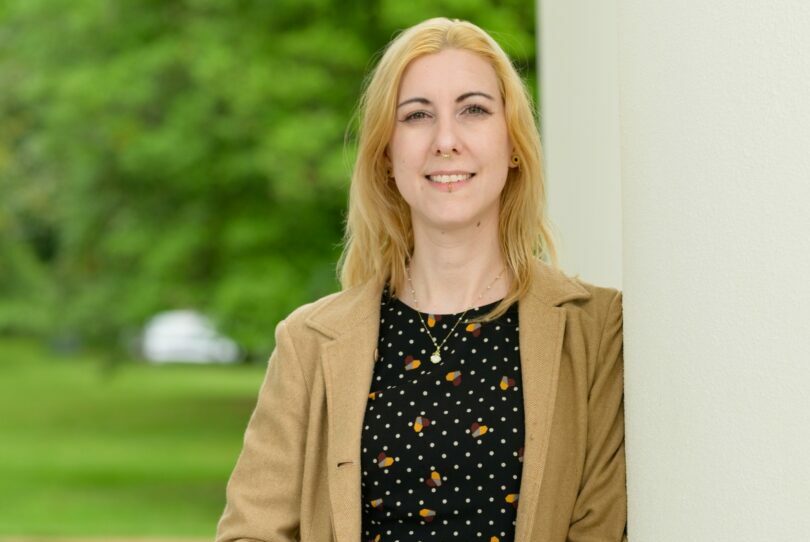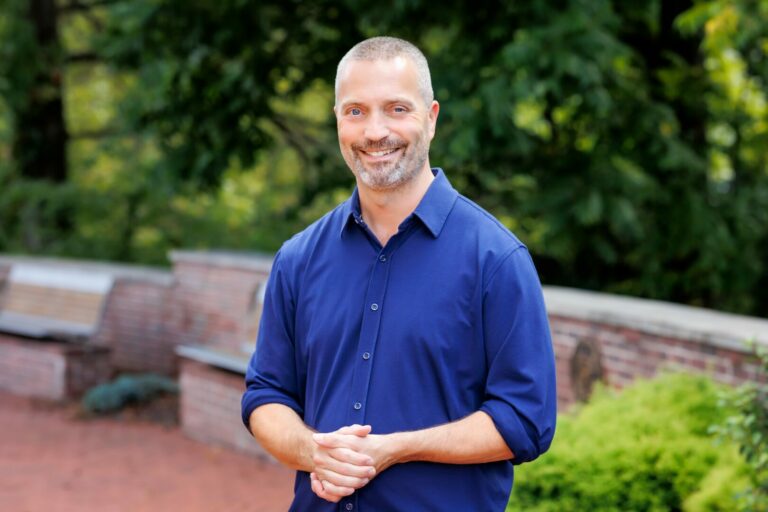We recently had the chance to connect with Radharani Torres and have shared our conversation below.
Radharani , it’s always a pleasure to learn from you and your journey. Let’s start with a bit of a warmup: What do you think is misunderstood about your business?
People often don’t see art as actual work. There’s a common belief that working in art is easy or doesn’t require much effort. The truth is that it demands an enormous amount of attention across many areas. It’s not only about producing the work—it also involves public relations, applying to open calls, purchasing materials, conceptualizing pieces, managing processes, organizing events, and more. When you’re an independent artist, you basically have to be a one-person army.
Can you briefly introduce yourself and share what makes you or your brand unique?
I am Radharani Torres, a multidisciplinary artist whose practice navigates the tensions between the sacred and the profane, between hope and fear. My work often draws on personal mythologies and symbolic universes to create pieces that invite both intimacy and confrontation. Over the years, I have participated in more than 40 group exhibitions and presented 4 solo shows. While I currently focus on textiles—particularly embroidery and soft sculpture—I have also developed projects in painting, installation, and sound. Across these mediums, I am interested in how materials carry meaning and how artistic processes can become rituals of transformation and reflection.
Amazing, so let’s take a moment to go back in time. What’s a moment that really shaped how you see the world?
When I was very young, I lived in a haunted house. At that age, I thought it was normal. From then on, paranormal experiences sparked my curiosity. I never experienced anything quite like it again, although my family still remembers what we went through there and we often talk about it. Personally, I haven’t had another similar experience. Also, although I don’t consider myself religious, my childhood was marked by afternoon visits to mass, and in my youth I developed a fascination with baroque churches and the macabre aesthetic of Catholicism. To me, it is both beautiful and terrifying. I believe my life has been deeply shaped by magical thinking.
When you were sad or scared as a child, what helped?
When I was a child, what helped me cope with fear was to understand it, study it, and analyze it. That doesn’t apply to certain fears, like my fear of heights or cockroaches—I suppose that’s a different kind of fear. What also helped me was the thought that there is an inner force watching over me.
Next, maybe we can discuss some of your foundational philosophies and views? What’s a belief you used to hold tightly but now think was naive or wrong?
I once believed that strong work would be enough to attract clients, curators, and opportunities—that the artwork could speak entirely for itself. Over time, I have come to understand the importance of strategic social engagement and professional management. An artwork cannot exist in isolation; it requires visibility, and fostering those spaces of encounter is an integral part of the artistic practice.
Thank you so much for all of your openness so far. Maybe we can close with a future oriented question. What do you think people will most misunderstand about your legacy?
I fear that my legacy, my work, might be misunderstood as something negative or merely macabre. Each piece tells an emotional story connected to my experiences at the moment of its creation. Every work is, at its core, a story of love and recognition.
Contact Info:
- Website: https://www.radharanitorres.com
- Instagram: https://www.instagram.com/radharanit
- Facebook: https://www.facebook.com/radharantorres


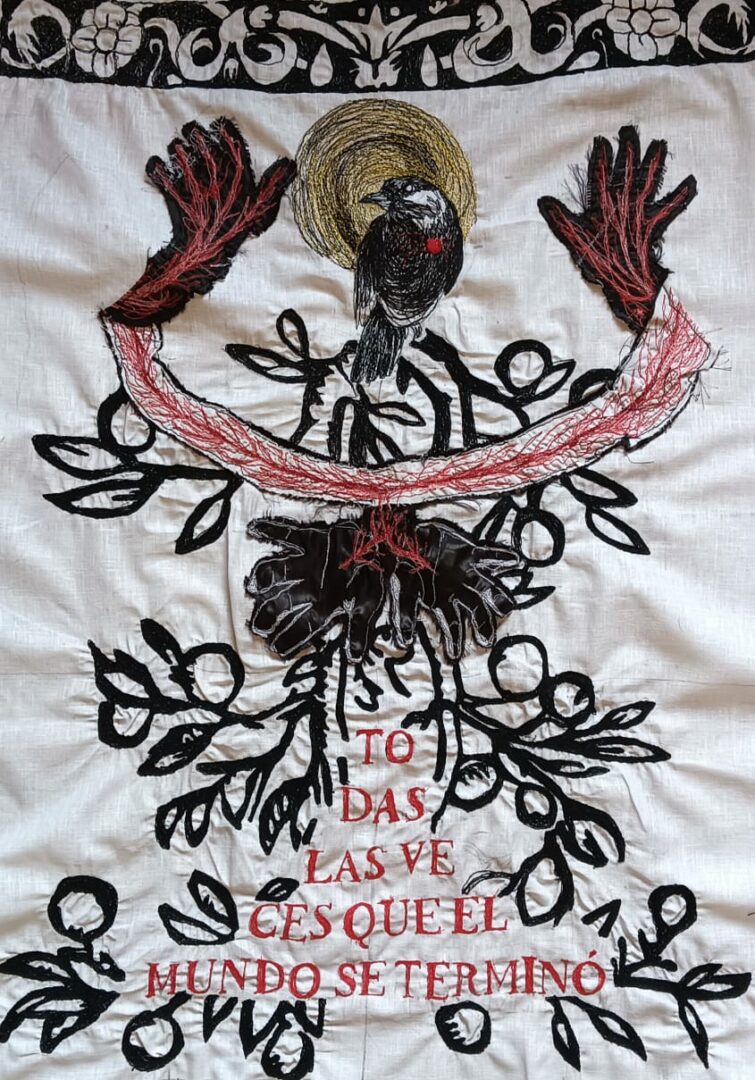
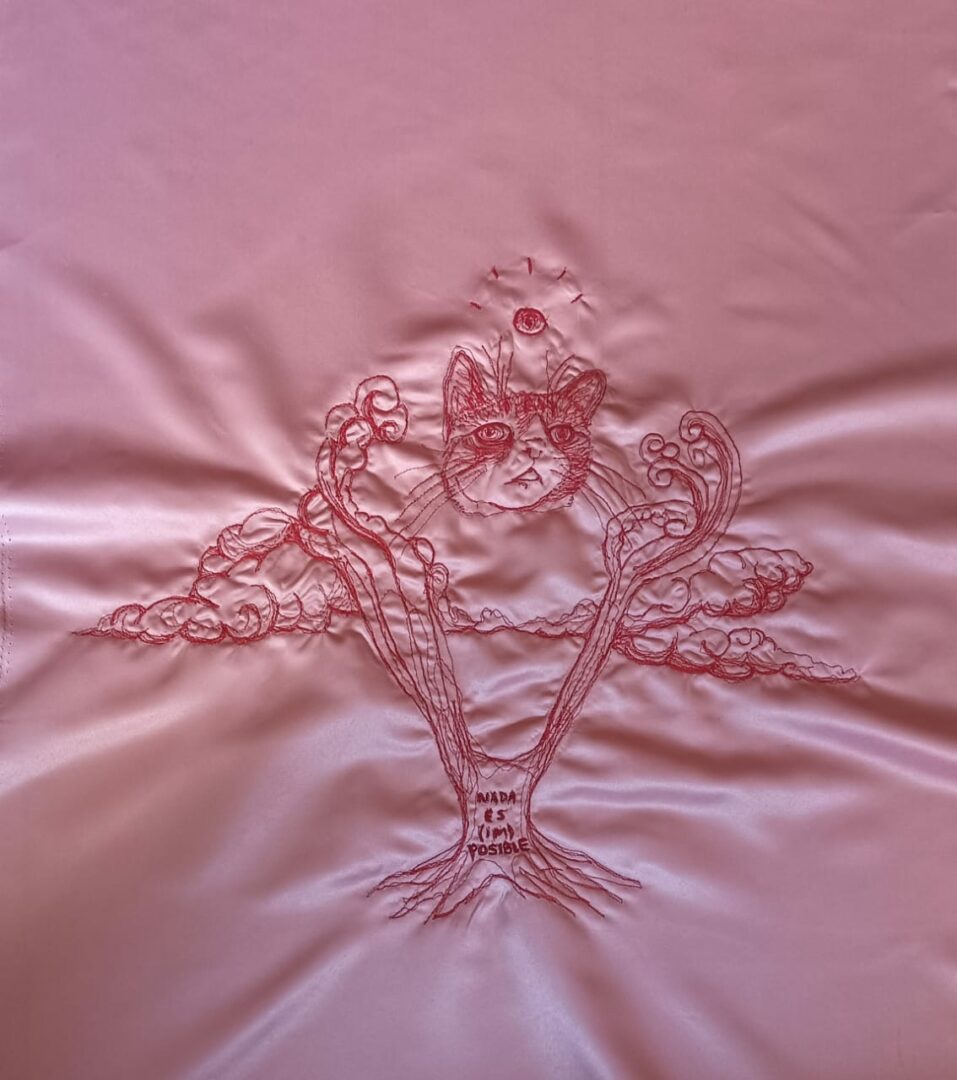
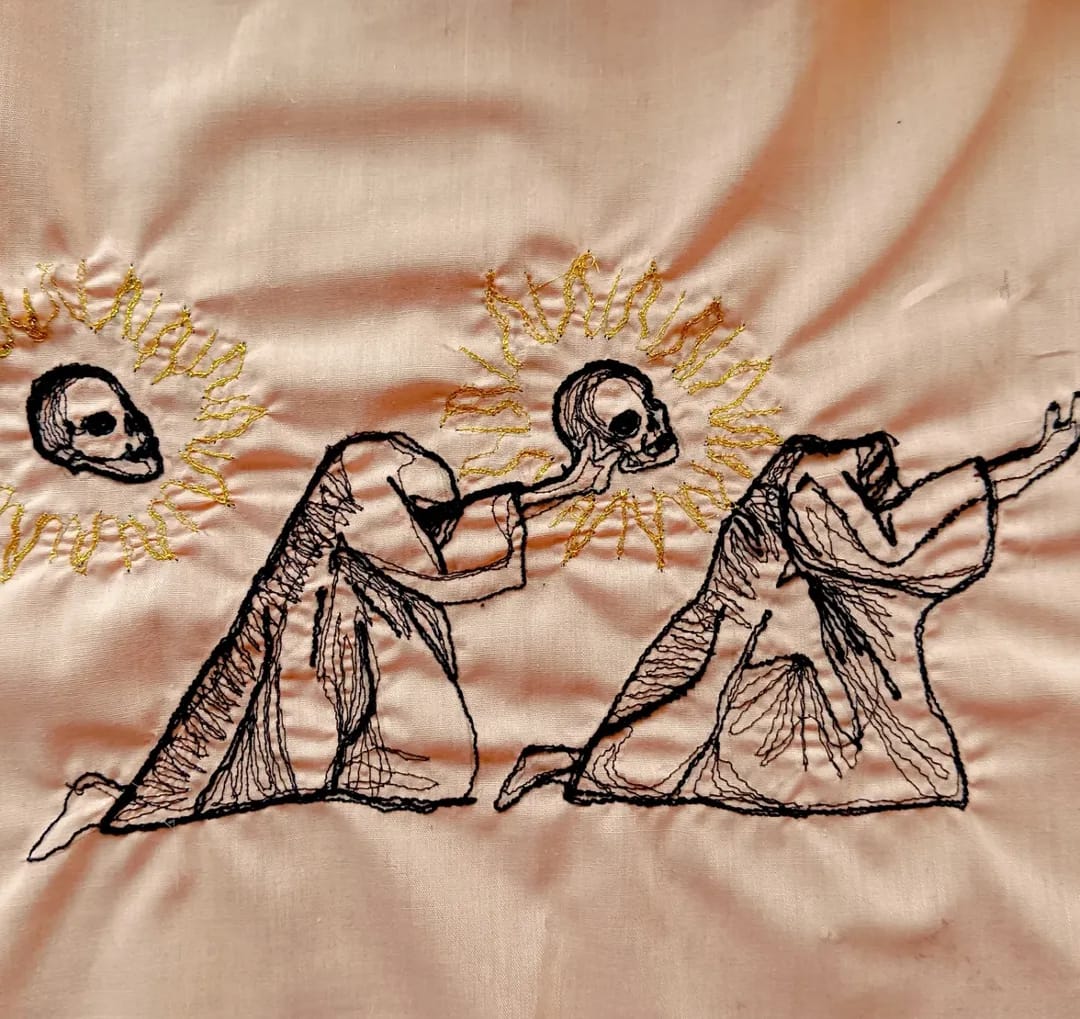


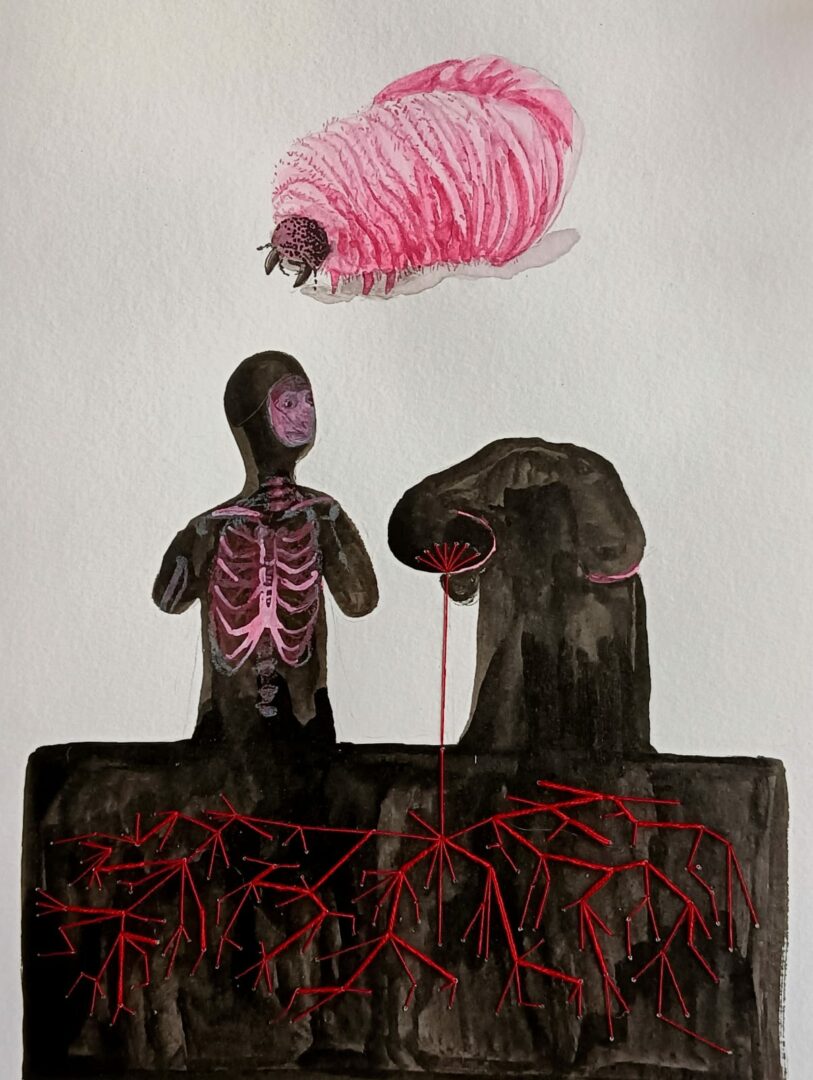
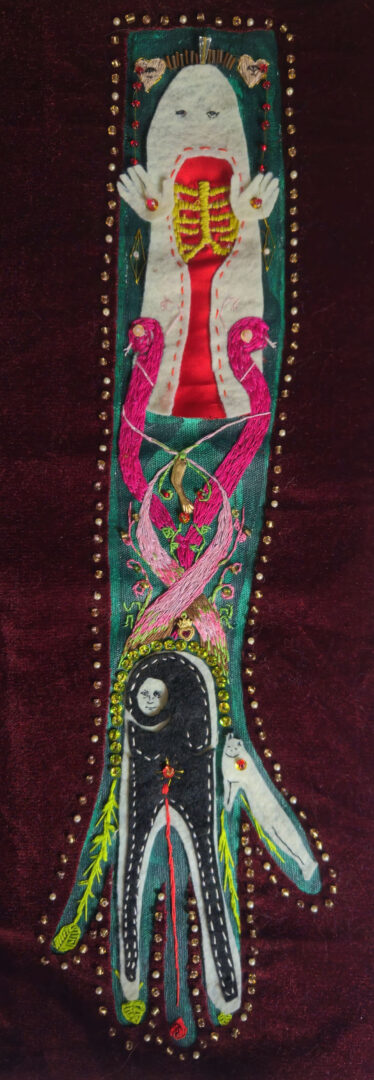
Image Credits
All images are provided by me and my dear friend Guillermo Eduardo Martínez
so if you or someone you know deserves recognition please let us know here.

